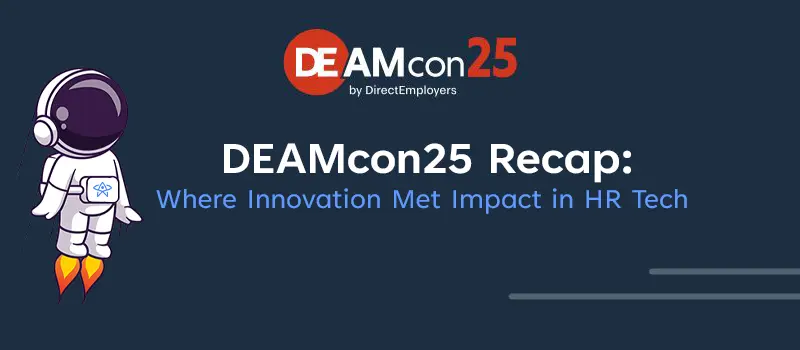Top Talent Acquisition Metrics to Measure Success in 2025
Essential Talent Acquisition Metrics: Key KPIs for Recruitment Success
Why Track Talent Acquisition Metrics?
In today’s competitive talent landscape, attracting and retaining top talent is crucial for business success. Yet, many organizations struggle to measure the effectiveness of their recruitment strategies. This is where talent acquisition metrics come in.
Tracking these key performance indicators (KPIs) provides valuable insights into your hiring process, allowing you to identify areas for improvement, optimize your strategy, and ultimately, achieve better hiring outcomes. Metrics empower you to make data-driven decisions and ensure you’re attracting and hiring the right people who will contribute to your organization’s success.
Key Talent Acquisition Metrics
Let’s dive into the various talent acquisition metrics that offer valuable insights into your recruitment process:
Time-Based Metrics
- Time to Hire: This metric measures the average time it takes for a candidate to move through the hiring process, from application to offer acceptance. A longer time to hire can indicate inefficiencies in your process or a lack of qualified candidates.
- Time to Fill: This measures the total time it takes to fill a job opening, from the moment it is posted to when a candidate accepts the offer. Aim for a shorter time to fill to reduce costs and fill critical positions quickly.
- Time to Productivity: This metric measures the time it takes for a new hire to become fully productive in their role. A longer time to productivity can indicate a need for improved onboarding programs or training materials.
Cost and Efficiency Metrics
- Cost per Hire: This measures the total cost of hiring a new employee, including advertising, recruiter fees, and onboarding costs. Keeping this cost low is crucial for efficient recruitment.
- Cost of Getting to Optimal Productivity Level (OPL): This metric measures the total cost involved in getting a new hire up to speed and contributing fully. Track this metric to assess the effectiveness of your onboarding process.
- Sourcing Channel Cost: This measures the cost efficiency of different sourcing channels, such as job boards, social media, or employee referrals. Identify the most cost-effective channels to direct your resources better.
Quality and Effectiveness Metrics
- Quality of Hire: This measures the long-term contribution of new hires to the organization. This can consider factors like performance, cultural fit, and retention rate. High-quality hires make a positive impact on your business.
- Hiring Manager Satisfaction: This measures how satisfied hiring managers are with the recruitment process and the candidates presented to them. Satisfied managers are more likely to participate actively in hiring.
- Candidate Satisfaction: This measures how satisfied job seekers are with your recruitment process. A positive candidate experience can improve your employer brand and attract better talent.
Candidate Experience and Engagement Metrics
- Candidate Experience: This measures the overall experience job seekers have with your recruitment process, from applying to onboarding. A positive experience is crucial for attracting and retaining top talent.
- Application Completion Rate: This measures the percentage of candidates who complete the application process. A low completion rate can indicate a complex or lengthy application process.
- Interview to Hire Ratio: This measures the number of interviews conducted compared to the number of hires made. A high ratio might signify a need to refine interview processes or candidate selection criteria.
Diversity and Inclusion Metrics
- Diversity of Hire: This measures the diversity of new hires in terms of race, gender, age, and other diversity factors. Building a diverse and inclusive workforce fosters innovation and creativity.
- Adverse Impact: This measures the negative effect biased and unfair employment practices have on members of protected groups. Monitor this metric to ensure your recruitment process is fair and unbiased.
ROI and Business Impact Metrics
- Recruitment ROI: This measures the financial return on investment of your recruitment strategies. Calculate this to evaluate the effectiveness of your recruitment spending.
- Employee Retention Rate: This measures the percentage of employees who stay with the organization over a specific period. High retention rates indicate a positive work environment and engage employees.
- First-Year Turnover Rate: This measures the percentage of employees who leave the organization within their first year. A high turnover rate can be costly and disrupt your operations.
How to Track and Measure Talent Acquisition Metrics
- Utilize recruitment analytics tools or business intelligence (BI) solutions to track and analyze your talent acquisition metrics efficiently.
- Create a data dashboard to visualize key metrics and track progress over time. This allows for easy monitoring and identification of trends.
- Regularly review and adjust your metrics to ensure they align with your evolving organizational goals.
Implementing a Data-Driven Recruitment Strategy
Implementing a data-driven recruitment strategy starts with identifying the right metrics to track. Begin by defining your recruitment goals and aligning them with key performance indicators (KPIs) such as time to hire, cost per hire, and quality of hire.
The time your team spends on recruiting can directly impact the hiring time, resulting in lost productivity, decreased revenue, and a waste of money. If your cost per hire is high and the hire is not a good fit, your organization can lose the money spent acquiring that candidate.
Leoforce’s Applicants on Demand sources and engages candidates to deliver pre-vetted applicants directly to your ATS, so all you have to worry about is hiring the right applicant.
Discover the right outcome based solution to help you improve your recruiting processes, performance, and results – contact us.





